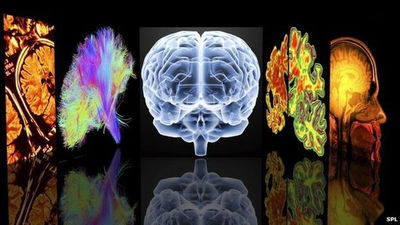The idea of `` preventing infections by transplanting vagina secretions from others ''

by pixabay
There are countless resident bacteria inhabiting the human body. Indigenous bacteria have a role as a barrier that prevents the growth of pathogenic bacteria, and are thought to be a factor that greatly affects human health. Johns Hopkins University's research team conducted research on vaginal microbiota transplantation (VMT) , saying that transplanting vaginal secretions together with vaginal secretions may prevent women's common infections. Announcing.
Frontiers | Conceptual Design of a Universal Donor Screening Approach for Vaginal Microbiota Transplant | Cellular and Infection Microbiology
Transplanting poop can be beneficial—swapping vaginal fluids may be even better | Ars Technica
https://arstechnica.com/science/2019/09/transplanting-poop-can-be-beneficial-swapping-vaginal-fluids-may-be-even-better/
It is said that humans have about 30,000 kinds of bacteria in their intestines, ranging from 100 to 1000 trillion bacteria. A wide variety of intestinal bacteria will compete for survival and build a symbiotic relationship while forming a balanced ecosystem called the bacterial flora . In recent years, clinical research on intestinal microbiota transplantation (FMT), in which this intestinal microflora is transplanted into another person together with feces, has been promoted.
Research shows the existence of a person capable of issuing `` healing poop '' effective for intractable diseases-GIGAZINE

Bacteria are present not only in the intestine but also in the human vagina. However, according to a paper published in March 2019, the size of the vaginal flora is much smaller than that in the intestine, and it is common for a single species to dominate. For example, in the vagina of women of European origin, Lactobacillus is said to be dominant.
This genus Lactobacillus has the effect of inhibiting the growth of streptococci , staphylococci that cause bacterial vaginitis and the fungus Candida albicans that causes Candida vaginitis. And it becomes easy to get an infection. According to the American Center for Disease Control and Prevention, bacterial vaginosis affects approximately 30% of American women aged 14 to 49 years.

by pxhere
Bacterial vaginitis can generally be treated with antibiotics, but it is said to be about 70% likely to recur within 3 months. The purpose of VMT is to restore the vaginal flora and clear the risk of recurrence of infection with a single treatment.
A research team at Johns Hopkins University conducted an initial study to select VMT donors for 20 women. In this study, we first conducted a questionnaire on sexual habits, history of use of oils and serums used in the vagina, infection status, and vaginal symptoms. In addition, we examined the history of infection, genetically investigated the bacteria in the vagina, and examined the physicochemical characteristics of the vaginal fluid.
As a result, the pH value of the transplantable vaginal secretion was found to be 4.2 or less. Considering Lactobacillus dominance and vaginal health, we found that only 7 out of 20 subjects could be VMT donors. Since this is an initial study, the study population is very small, but the research team expects that the proportion of people who can become donors will be even lower if a larger study is conducted.

by congerdesign
Since research on VMT is at the stage where it has become clear that `` what kind of female vagina is suitable for VMT donors '', the effect is still theoretical, and the experiment is about to come thing. In addition, many things are still unknown, such as how much the vaginal environment, such as lactate concentration and pH value in the secretion, affects transplantability, and how the bacterial community other than Lactobacillus is involved in health. .
The research team commented, “The development of the FMT field was clearly inspired and we started research on bacterial flora transplantation like VMT,” “The results of this research push forward the clinical research of VMT. I look forward to it. '
Related Posts:
in Science, Posted by log1i_yk






